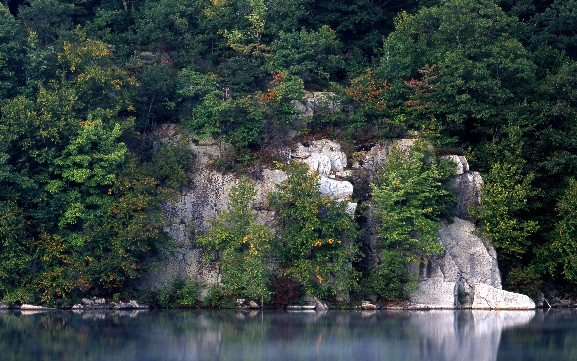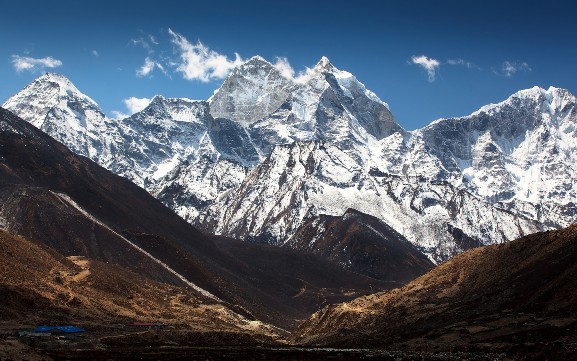摘要:西班牙地理概况专家解读显示,西班牙位于欧洲西南部,拥有多样的地形地貌,包括山脉、高原、平原和海岸线。其气候多样,北部为温带海洋性气候,南部则为地中海气候。西班牙的自然资源丰富,拥有众多河流、湖泊和矿产资源。西班牙还是欧洲重要的农业国之一,以葡萄、橄榄和柑橘等农产品闻名。专家指出,西班牙的地理位置和自然条件对其经济、文化和历史发展产生了深远影响。
Spain, a country of rich cultural heritage and diverse landscapes, boasts a geographic profile that is as intricate as it is captivating. From the towering Pyrenees Mountains in the north to the sun-drenched Mediterranean coast in the east, Spain's terrain offers a spectrum of natural wonders. This article delves into the various aspects of Spain's geography, providing an in-depth understanding of its physical features, climate, natural resources, and more.
1. Physical Features: A Land of Contrasts
Spain's physical geography is marked by striking contrasts. In the north, the Pyrenees Mountains form a natural barrier with France, reaching heights of over 3,000 meters (9,800 feet) at the peak of Aneto. These mountains are not only a source of scenic beauty but also play a crucial role in shaping Spain's climate and providing a habitat for diverse wildlife.
To the south, the landscape transitions into the vast, arid plains of the Meseta Central, a high plateau that covers much of central Spain. This region is characterized by its rolling hills, dry climate, and extensive grazing lands. The Meseta Central is also home to some of Spain's most important agricultural areas, particularly for cereals and livestock.
In the west, the rugged terrain of the Extremadura and Andalusia regions offers a stark contrast to the central plains. Here, the landscape is dotted with rocky hills, deep valleys, and dense forests. The region is also known for its caves, such as the famous Cueva de Altamira, which contain ancient prehistoric art.
2. Coastal Diversity: From the Atlantic to the Mediterranean
Spain's coastline is another highlight of its geographic profile. The country boasts over 3,000 miles (4,800 kilometers) of coastline, stretching from the Atlantic Ocean in the northwest to the Mediterranean Sea in the east.
The Atlantic coast is characterized by its rugged cliffs, sandy beaches, and picturesque fishing villages. The Canary Islands, an autonomous community of Spain located off the northwest coast, offer a tropical paradise with volcanic landscapes and lush vegetation.
In contrast, the Mediterranean coast is known for its clear, warm waters and picturesque coastal towns. The Costa del Sol, located along the southern coast of Andalusia, is a popular tourist destination known for its beaches, golf courses, and marinas.

3. Climate: A Mix of Temperate and Arid Conditions
Spain's climate is largely influenced by its location and terrain. The northern regions, particularly those along the Pyrenees Mountains, experience a temperate climate with cooler temperatures and higher precipitation levels.
As you move south, the climate becomes increasingly arid. The Meseta Central and southern regions experience a Mediterranean climate, characterized by hot, dry summers and mild, wet winters. This climate is ideal for growing crops such as grapes, olives, and citrus fruits.
The Canary Islands, due to their proximity to the equator, have a tropical climate with warm temperatures and year-round precipitation. This climate supports a diverse range of plant and animal life.
4. Natural Resources: A Wealth of Minerals and Renewable Energy
Spain is rich in natural resources, including a variety of minerals and renewable energy sources. The country is a significant producer of coal, iron ore, copper, zinc, and tin. Mining activities are concentrated in regions such as Asturias, Leon, and Andalusia.
In addition to minerals, Spain has vast potential for renewable energy. The country is a leading producer of wind and solar energy, thanks to its favorable climate and terrain. The government has invested heavily in renewable energy projects, aiming to reduce its dependence on fossil fuels and mitigate climate change.

5. Biodiversity: A Haven for Wildlife
Spain's diverse landscapes support a rich variety of wildlife. The country is home to a wide range of mammals, birds, reptiles, and amphibians. Some of the most notable species include the Iberian lynx, the Spanish imperial eagle, and the Mediterranean monk seal.
Spain has also established numerous protected areas, such as national parks and nature reserves, to conserve its biodiversity. These areas provide critical habitats for endangered species and help maintain ecological balance.
6. Human Geography: A Blend of Urban and Rural Life
Spain's human geography reflects a blend of urban and rural life. The country's major cities, such as Madrid, Barcelona, and Valencia, are bustling centers of commerce, culture, and tourism. These cities offer a wide range of amenities and opportunities, attracting people from across the country and beyond.
However, rural life still plays a significant role in Spain's geography. Many regions, particularly those in the interior, rely on agriculture and livestock for their economies. Small towns and villages dot the landscape, offering a slower pace of life and a strong sense of community.
7. Geographic Challenges and Opportunities

Despite its many natural wonders, Spain faces several geographic challenges. The arid climate in many regions limits agricultural productivity and requires extensive irrigation. Additionally, the country's dense urban areas face issues such as pollution, traffic congestion, and housing shortages.
However, Spain's geographic profile also presents numerous opportunities. The country's diverse landscapes and rich cultural heritage make it a popular tourist destination. The government has invested in infrastructure projects, such as high-speed rail and renewable energy facilities, to improve connectivity and sustainability.
Furthermore, Spain's strategic location on the Mediterranean Sea and its proximity to Europe and Africa make it an important hub for trade and international relations.
In conclusion, Spain's geographic profile is a complex and fascinating tapestry of physical features, climate, natural resources, and human activity. From the towering Pyrenees Mountains to the sun-drenched Mediterranean coast, Spain offers a wealth of natural wonders and cultural experiences. As the country continues to grow and develop, its geographic profile will play a crucial role in shaping its future.








